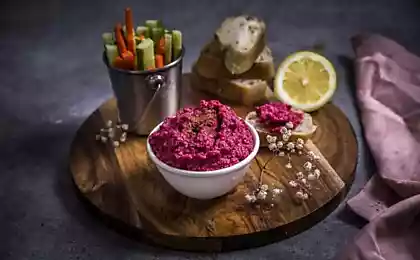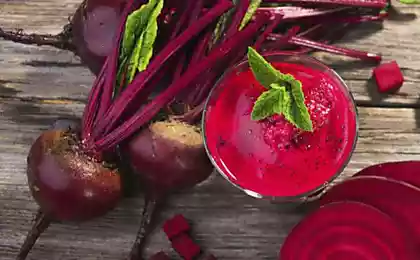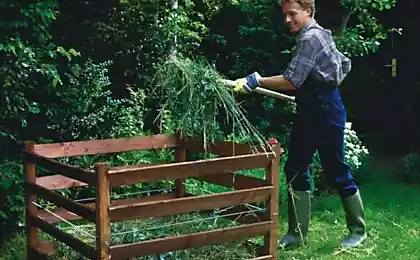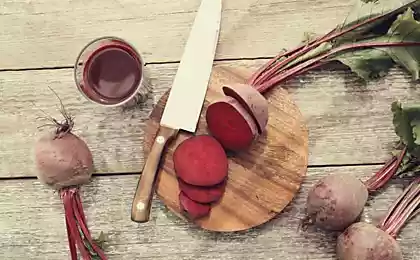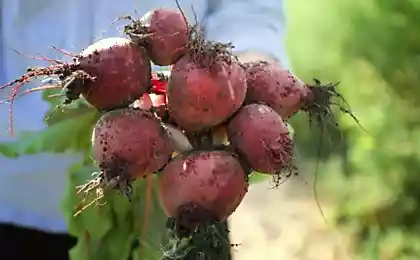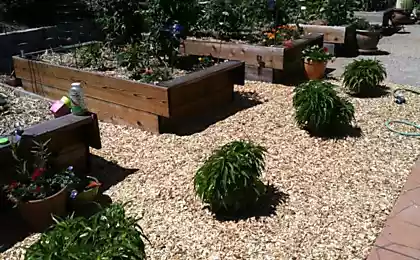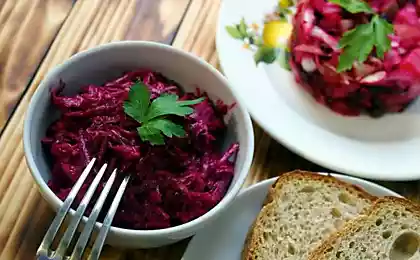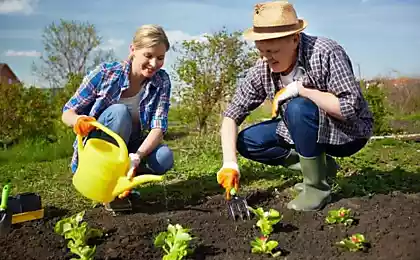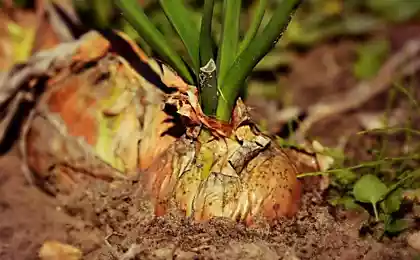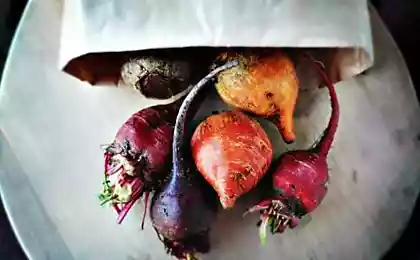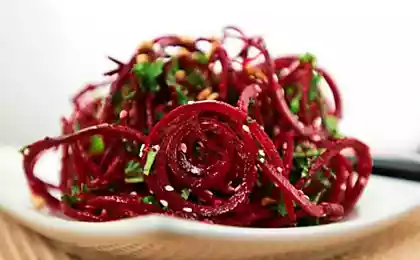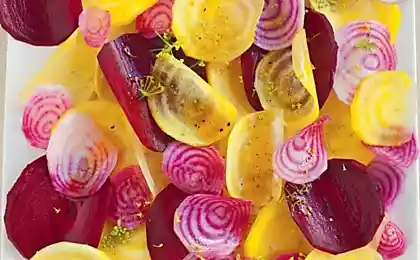203
What to plant next to beets
The limited area of their land often forces gardeners to use combined plantings. Some plant species planted next to beets are thought to lead to improved yields overall. But there are also crops that slow down the growth of beets on the site and themselves give a worse harvest.
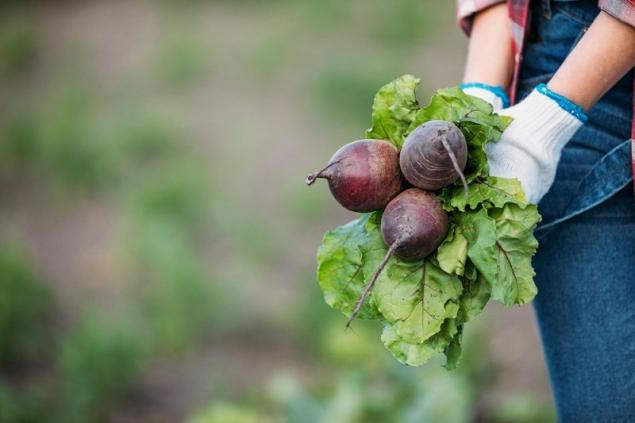
Before planning sowing, you need to know exactly what you can plant next to beets and what you can not. But that's not all. It is very important to understand what factors affect the growth of beets in general, as well as what to plant in the soil after harvesting it.
Beets in the garden Correct crop rotation
Crop rotation is the alternation of sowing of crops and downtime, or "rest" of the soil in the field. Why should we let the earth rest? So that it can be replenished with the necessary nutrients for plants for some time.
If you grow beets for a long time, you can notice that the quality and quantity of the crop will be different. Root crop sizes vary depending on many factors, and crop rotation is one of the most important.
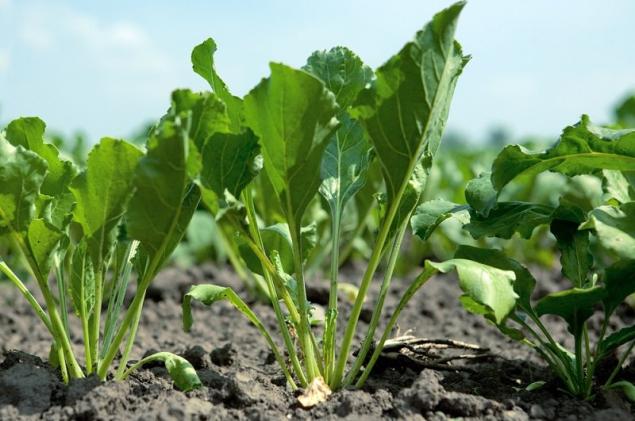
The ideal option is when beets are grown each time in a new place. It is recommended to return the vegetable to the old soil after three years, which is how long it takes to restore the balance of minerals and nutrients. As you already know, beets are quite a demanding plant. Especially strongly it depletes the soil during the formation of the root crop.
In addition, crop rotation is necessary to protect the plant from diseases and pests. During the season, many harmful larvae, pathogens of various diseases, parasites accumulate in the soil. Changing the landing site avoids re-infection.
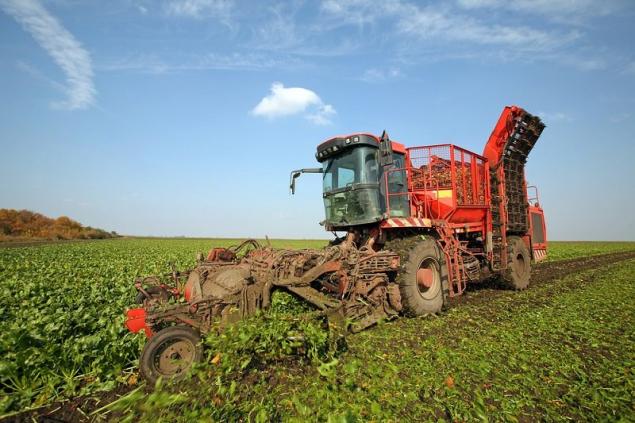
Farmers recommend planting beets after cucumber. peas. potatoes. salad. bow or dill. Thus, beets will be able to actively feed on fertilizers that fed these crops last season.
What's good about planting beets?
In general, beets can be perfectly planted in pride alone, it does not need neighbors at all. But if there is a desire to save space, you need to understand which plants are best planted to it.
Council. For joint planting, it is better to choose beets with a cylindrical shape of the root crop. So you can save a lot of space for sowing.
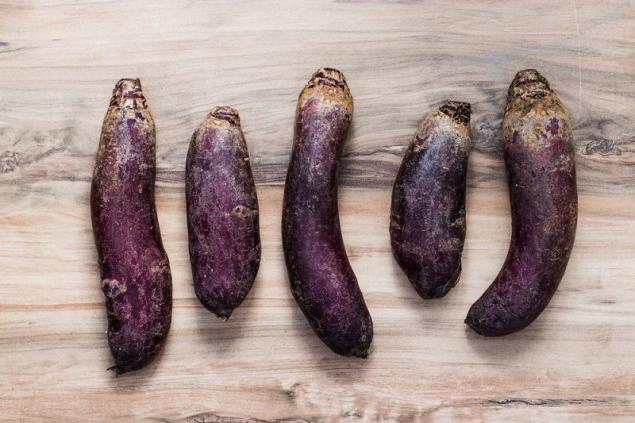
Beets grow well with plants that have a short growing season. For example, dill. radish. bow and garlic. They are also good in that they do not create unnecessary shadows and they are collected before the beets ripen.
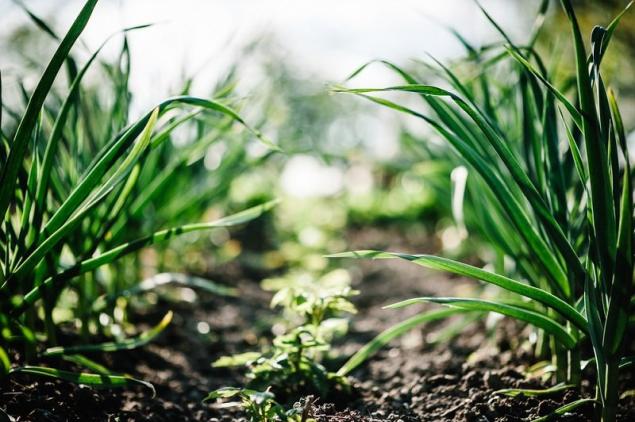
In addition, beets coexist well with potatoIf you put it on the edges of the rows. Cucumbers They need a vertical trellis, otherwise their leaves will take away the sun’s rays from the beets.
What is better to plant after beets
After harvesting beets beds well planted potato. eggplant. legumes. tomatoes. pepper. These plants replenish the balance of trace elements in the soil, restore its structure and composition.
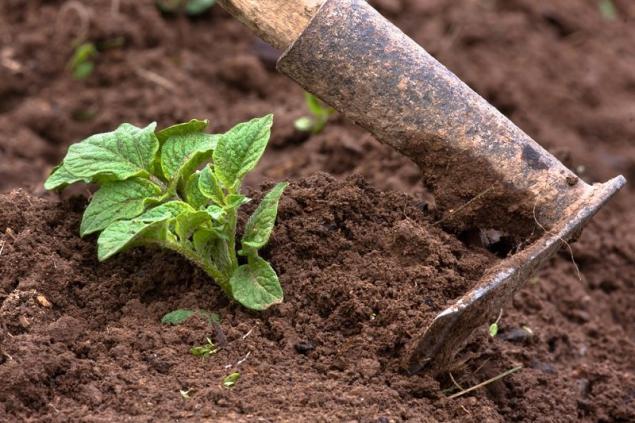
It is not recommended to plant soil after beets. carrot. bow and garlic. They just don't have enough nutrients. Sowing these plants is possible, if only in autumn it is good to fertilize the land.

The most important pest that beets are afraid of is nematodes. Landing. velvet. nasturtium and chicory solves this problem: their smell scares away harmful worms.
The sugar beet contains large amounts of vitamins and sucrose. Therefore, the cultivation of this root crop is so important for modern agrarians. Most sugar in the world is made from beets, a much smaller part from sugar cane.

Feed beets A storehouse of vitamins and nutrients for livestock and farm animals. Interestingly, both the root and the top are suitable for food.
As you can see, this healthy and nutritious crop is not for nothing widely used by farmers around the world.

Before planning sowing, you need to know exactly what you can plant next to beets and what you can not. But that's not all. It is very important to understand what factors affect the growth of beets in general, as well as what to plant in the soil after harvesting it.
Beets in the garden Correct crop rotation
Crop rotation is the alternation of sowing of crops and downtime, or "rest" of the soil in the field. Why should we let the earth rest? So that it can be replenished with the necessary nutrients for plants for some time.
If you grow beets for a long time, you can notice that the quality and quantity of the crop will be different. Root crop sizes vary depending on many factors, and crop rotation is one of the most important.

The ideal option is when beets are grown each time in a new place. It is recommended to return the vegetable to the old soil after three years, which is how long it takes to restore the balance of minerals and nutrients. As you already know, beets are quite a demanding plant. Especially strongly it depletes the soil during the formation of the root crop.
In addition, crop rotation is necessary to protect the plant from diseases and pests. During the season, many harmful larvae, pathogens of various diseases, parasites accumulate in the soil. Changing the landing site avoids re-infection.

Farmers recommend planting beets after cucumber. peas. potatoes. salad. bow or dill. Thus, beets will be able to actively feed on fertilizers that fed these crops last season.
What's good about planting beets?
In general, beets can be perfectly planted in pride alone, it does not need neighbors at all. But if there is a desire to save space, you need to understand which plants are best planted to it.
- Plants that won’t block out sunlight
- Plants with root systems at different levels
- plants with similar requirements for soil composition, structure and acidity
Council. For joint planting, it is better to choose beets with a cylindrical shape of the root crop. So you can save a lot of space for sowing.

Beets grow well with plants that have a short growing season. For example, dill. radish. bow and garlic. They are also good in that they do not create unnecessary shadows and they are collected before the beets ripen.

In addition, beets coexist well with potatoIf you put it on the edges of the rows. Cucumbers They need a vertical trellis, otherwise their leaves will take away the sun’s rays from the beets.
What is better to plant after beets
After harvesting beets beds well planted potato. eggplant. legumes. tomatoes. pepper. These plants replenish the balance of trace elements in the soil, restore its structure and composition.

It is not recommended to plant soil after beets. carrot. bow and garlic. They just don't have enough nutrients. Sowing these plants is possible, if only in autumn it is good to fertilize the land.

The most important pest that beets are afraid of is nematodes. Landing. velvet. nasturtium and chicory solves this problem: their smell scares away harmful worms.
The sugar beet contains large amounts of vitamins and sucrose. Therefore, the cultivation of this root crop is so important for modern agrarians. Most sugar in the world is made from beets, a much smaller part from sugar cane.

Feed beets A storehouse of vitamins and nutrients for livestock and farm animals. Interestingly, both the root and the top are suitable for food.
As you can see, this healthy and nutritious crop is not for nothing widely used by farmers around the world.
